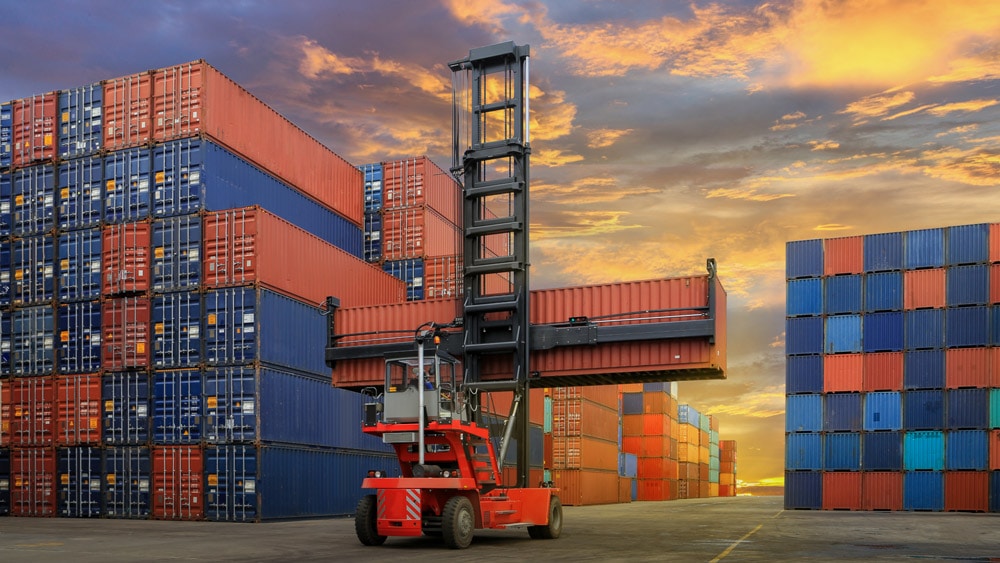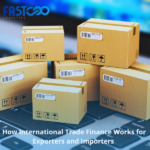How shippers can use Container Loading Software to reduce shipping costs

The use of container loading software has recently gained a lot of importance, especially now that we are in the era of massive technological developments. This has made digital transformation a necessity across the logistics industry. The wide variety of goods and the destinations they are transported to and from make the supply chain management process somewhat complicated, and this is where the importance of using container loading software that will organize the entire process. In this article, we will show you all the details you need to know about container loading software.
What is container loading software?
Before we talk about the importance and role of container loading software, we first need to know what it is.
Container loading software is a package that specializes in consolidating cargo management to use the power of trucks and other means of transportation in the most efficient way.
The container loading software aims to reduce multimodal transport costs by reducing the number of vehicles on the road.
This prevents goods from being damaged and also saves a lot of time for loading and unloading those goods. And all of this will eventually pay off and enhance customer satisfaction.
Why use container loading software?

There are many advantages to using container loading software, the most important of which is helping to customize the setup for loads of different dimensions more time-saving than other traditional methods.
This greatly reduces transportation costs, and here are the main benefits of container loading software that make you use these programs in your business to reap more benefits:
- Indicate the position of loads of different sizes within the cargo space.
- Assist in checking important information such as container dimensions (internal and external).
- Assist in checking the carrier and determining if there are any anomalies in the transportation.
- Minimize potential risks when loading actual containers.
- Possibility to manually locate loads, rotate shipments or eject them from the load space.
- Possibility to determine the optimal position of the different containers.
- Provide information needed to settle containers.
- Handling of containers in a manner that maximizes container loading capacity.
- Simulate what a loaded container will look like before the goods arrive.
- Clarify the free space in the container and how the goods are placed in it in a way that ensures its protection.
- Minimize human error.
- Giving greater flexibility when changing the idea of placement of goods.
Load Planning Software for LCL, Consolidated, and FCL Shipments
Load Planning Software helps optimize the shipping process and reduce expenses while simplifying operations further.
It also contributes effectively to increasing the efficiency of the supply chain, and Load Planning Software solves many problems, the most important of which is the problem of empty space and how to use it in the best possible way.
Load Planning Software is meant to arrange the shipping process for the purpose of utilizing the full capacity of the used means of transport.
Container loading software or Load Planning Software can be used to organize shipments through LCL Shipping, Consolidated, and FCL.
FCL/FTL shipment
For FCL/FTL shipment, full container loads (FCL) or full truckloads (FTL) are somewhat cheaper than partial loads, and also easier to handle.
The reason for this is that partial loads involve fewer intermediaries. But in general, if the distribution of the loads in them is not regulated, the containers will inevitably collapse.
LCL/LTL shipments
When combined with Less-than-truckload (LTL) and less-than-containerload (LCL) shipments this significantly reduces transportation costs.
So different carriers arrange the load appropriately keeping in mind the restrictions so that the whole container does not collapse.
Different types of trailers/containers

Container loading software or loading planning software needs to be able to effectively solve all the tasks of how to pack items into different boxes including trailer/container.
Container loading software or loading planning software should have options for side, top, and front loading.
Here are the main different types of trailers/containers:
- Open top containers,
- General purpose (dry) containers,
- Return containers.
- Flat rack containers,
- High cube containers,



